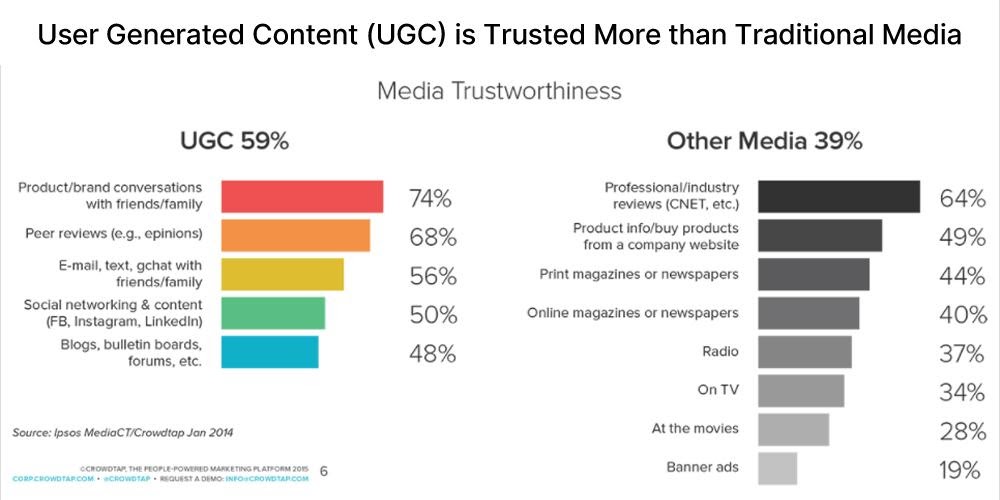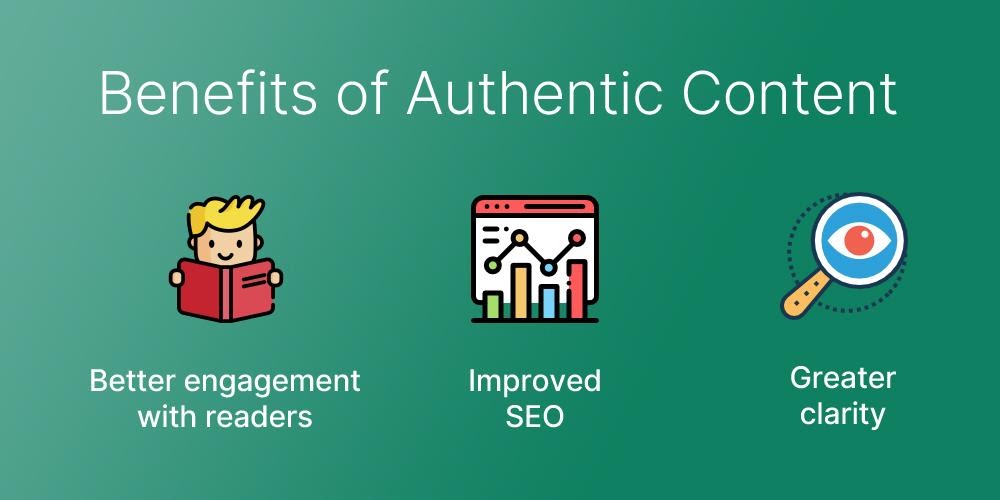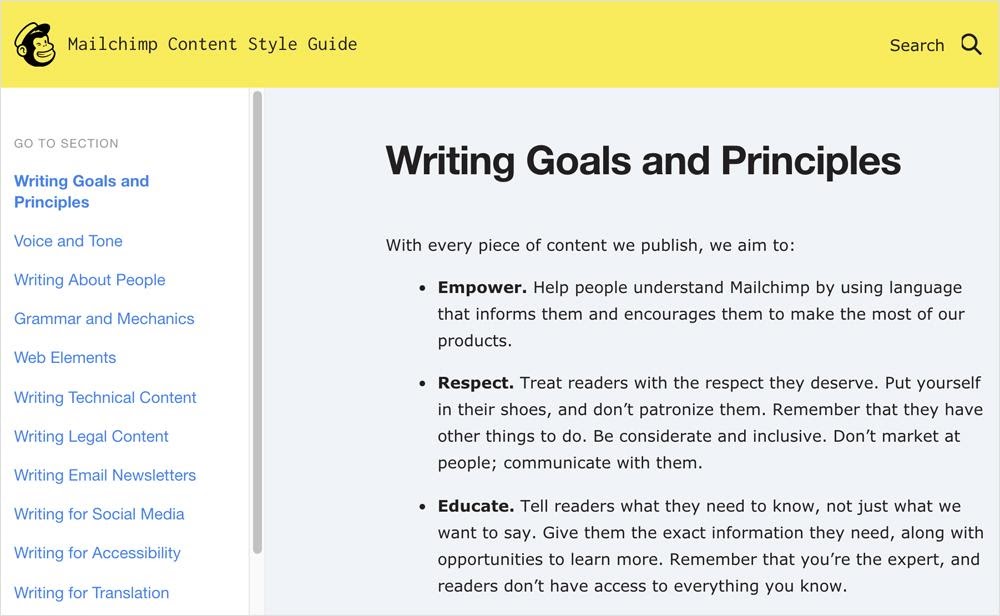
If you were to listen to marketing meetings from around the world, you’d discover that the majority of businesses and brands have similar issues. When it comes to content creation and marketing, lack of engagement is one of the biggest concerns. Brands spend lots of time, energy, and money creating content, yet it seems to fall on deaf ears.
While a lack of content marketing results can be tied to any number of underlying culprits, it’s often rooted in a lack of authenticity. By addressing this issue head-on, you can change your approach to marketing and generate more engagement and traction with your target audience.
What is Authentic Content?
Authentic content can be defined as any type of brand-generated content that attempts to add genuine value and service to the reader without trick or manipulation. The entire goal of authentic content is to add value first and to sell second. The idea is that if you lead with value and give away your best stuff for free, you’ll never have any trouble monetizing readers in the long run.
Authentic content that adds value to your audience provides an array of benefits, including:
- Better engagement with readers. Generic and salesy content usually puts readers to sleep. Authentic content, on the other hand, adds real value to your audience. Naturally, this leads to greater engagement. Your content marketing expands from a one-way road to a two-way street with healthy back and forth.
- Improved SEO. Google rewards authentic content with greater domain authority and higher search rankings. Over time, your commitment to authenticity will increase your prominence in the search engines.
- Greater clarity. At the end of the day, authentic content gives your audience a much clearer view of your brand’s core identity. Your customers know who you are, what you stand for, and what to expect from you. There’s little-to-no confusion about your brand.
The good news is that creating authentic content isn’t much more difficult than what you’re already doing. It simply requires a little intentionality.
5 Ways to Create Authentic Content
Keep the following in mind as you think about specific ways you can create authentic content that moves the needle for your business:
- Know Who You Ar
The first step is to get clear on who you are as a brand. An intimate understanding of your brand’s core identity is an absolute must. (If you don’t know who your brand is, it’s impossible to communicate an authentic message that reflects your identity.)
The best thing you can do is think about your brand as a person with tangible traits, strengths, weaknesses, and experiences. Based on this information, you create a sort of identity that can be humanized and articulated for your audience.
- Know Who Your Customers Are
The second step is to know who your target audience is. Again, the more detailed you get, the better. There are a few different ways to analyze and segment your audience, including:
- Socially: age, status, ethnicity, gender, employment marital status, etc.
- Geographically: country, region, state, city, zip code, neighborhood, etc.
- Lifestyle: hobbies, interests, social status, activities, etc.
- Behavioral: purchase behaviors, technology use, etc.
- Attitudinal: beliefs, interests, attitudes, opinions, perception, needs, preferences, etc
You can gather a lot of this information from website data and analytics. Other information will have to be gleaned from more subjective sources and/or inferred based on what you know from customer service and sales interactions.
- Create (and Reference) Brand Guideline
The key to good brand authenticity is to connect the dots between who you are (as a brand) and who your customers are. One of the ways to make sense of all this is to create brand guidelines.
Brand guidelines are basically documented rules and principles that consistently guide your voice. This includes information about stylistic choices, topics that you do and don’t discuss, keywords, and word choice.
- Get Specific
Most brands speak in generalities and platitudes. The more granular you get, the better. This looks like using genuine research, real statistics, actual quotes, high-value case studies, and social proof. When you’re able to support your content with specificity, the audience connects in a much more relatable way.
- Leverage User-Generated Content
One of the best ways to improve your authenticity is by leveraging user-generated content. When your audience consumes content that their peers create, it instantly makes your brand seem more relatable and in tune with what’s going on in the marketplace.
Social media is a great place for collecting and sharing user-generated content. Consider creating a unique hashtag for your brand, which will allow you to easily find and share valuable content on a regular basis (without having to do any of the heavy lifting).
Measuring Your Results
One of the biggest questions marketers often have is, “How do we know if our authentic content is striking a chord with our audience?” It’s a great question that can be answered in any number of ways. Here are three specific metrics that may allow you to get your finger on the pulse:
- Encouraging analytics. The first step is to review content-specific analytics. Look at metrics like bounce rate, click-through rate, average time on page, and conversion goals. Positive analytics indicate people like what you’re producing.
- Blog comments. One of the best ways to know if you’re striking a chord with your audience is to track blog comments. If you’re getting a lot of blog comments – positive or negative – it means people are listening (and care enough to respond).
- Social shares. When you share a piece of content on social media, what happens? Is it met by the sound of crickets, or do people share your content as a valuable resource for their own followers? Social sharing is the quickest and best way to know if your authentic content resonates.
If the objective and subjective data seem to indicate that your audience is engaged, this is usually a pretty good sign that you’re on the right track. If you’re seeing a lack of engagement, then this could be an indicator that you need to switch up your approach to account for great authenticity and more carefully targeted content.





